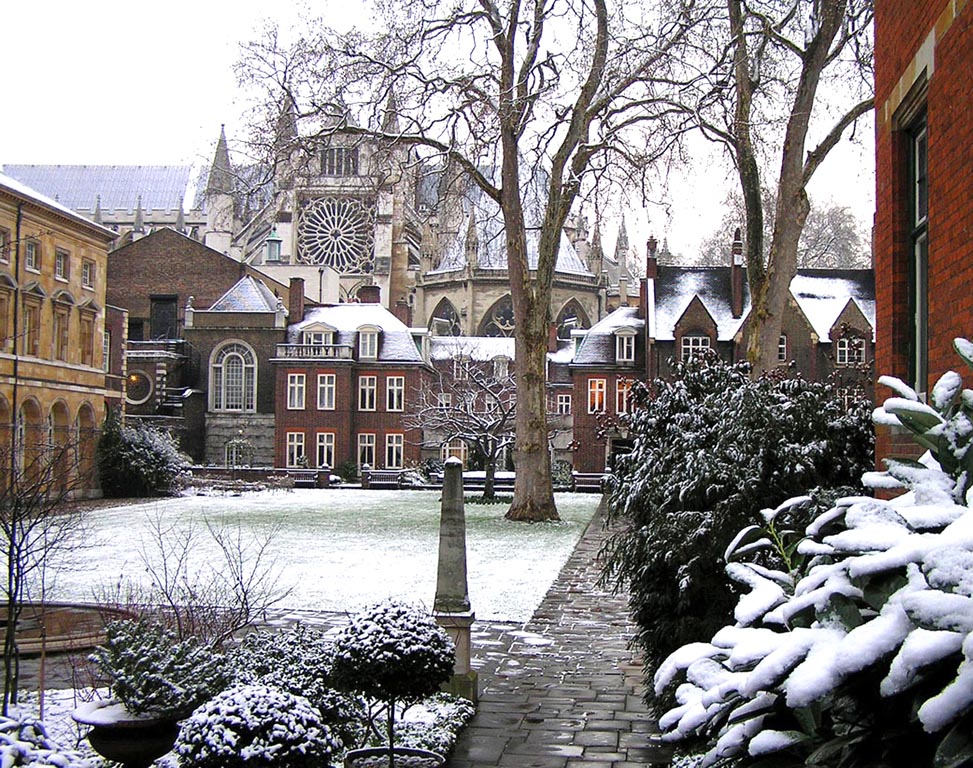History
Abbey gardens
College Garden, hidden within the walls of the Abbey precincts, has been in cultivation for over 900 years.
In monastic times, it was used to grow food and medicinal herbs for the occupants of the Abbey. There was an orchard, as well as fishponds, beehives, and a separate plot for growing vegetables.

Summer flowers in College Garden
But the garden wasn't simply somewhere to grow food. It was also a place of beauty, neatly laid out and planted with roses and lilies. The garden was tended by a Head Gardener and two under-gardeners. They were monks and were expected to attend daily services – although they were asked to leave their muddy boots and capes outside. Today, the garden is a peaceful place to relax during your visit to the Abbey. The oldest surviving feature is the stone wall built in 1376. The 18th century dormitory for Westminster School is on the west side. Modern features include a rose garden and a water jet fountain.
You can also enjoy our two smaller gardens: the Little Cloister Garden, with its Victorian fountain and borders of scented plants which was originally an area set aside for recuperation after illness, and the Garth, a lawn bordered by the cloisters, which was used by the monks for quiet reflection. From the Little Cloister the small private garden within the ruins of the 12th century St Catherine's chapel can be viewed.

Little Cloister fountain
Visit the gardens
The College Garden and Little Cloister Garden are open - and free to visit - on Tuesday, Wednesdays and Thursdays. See entry times for garden opening hours.

Further reading
The Gardens of Westminster Abbey by Jan Pancheri
For the gardener
The Westminster Abbey Shop sells a range of items inspired by our 900-year-old gardens, including books, homewares and seeds selected by the Abbey's Head Gardener.
Shop garden range



